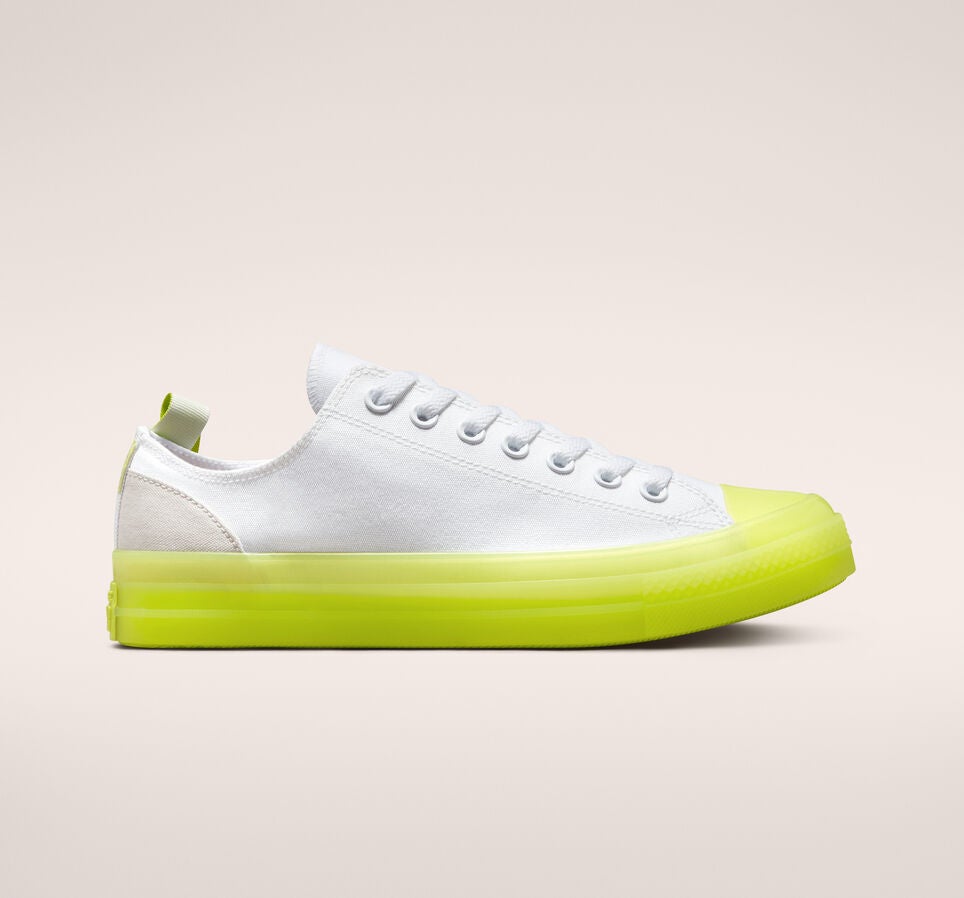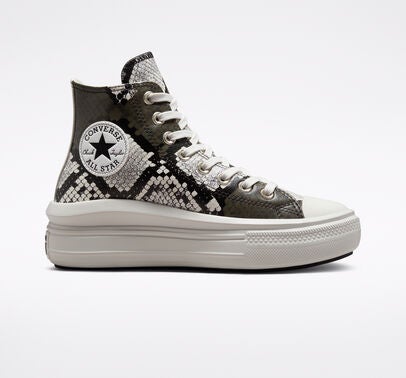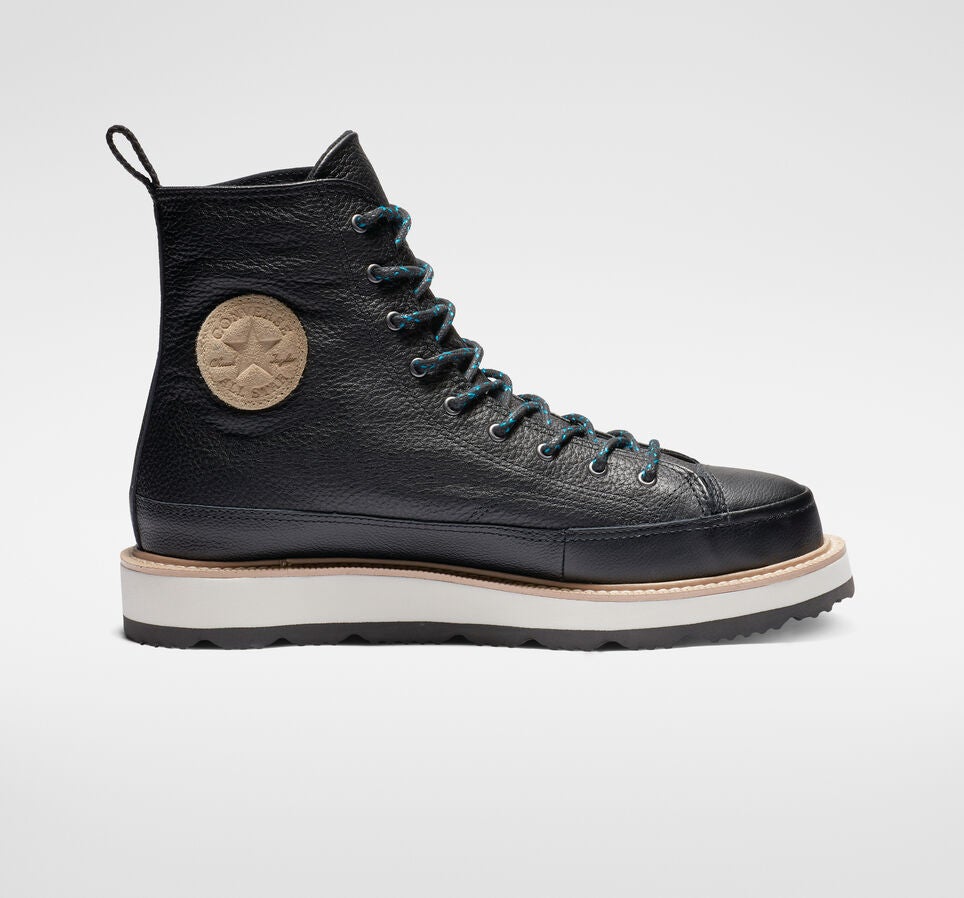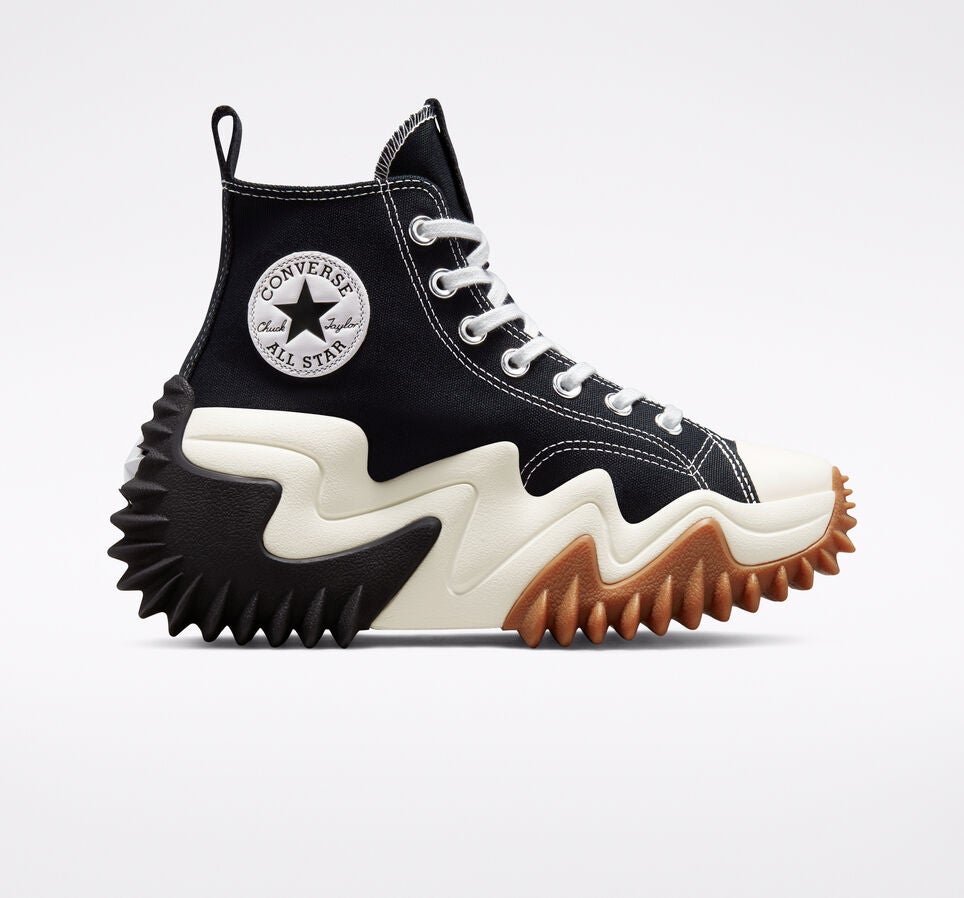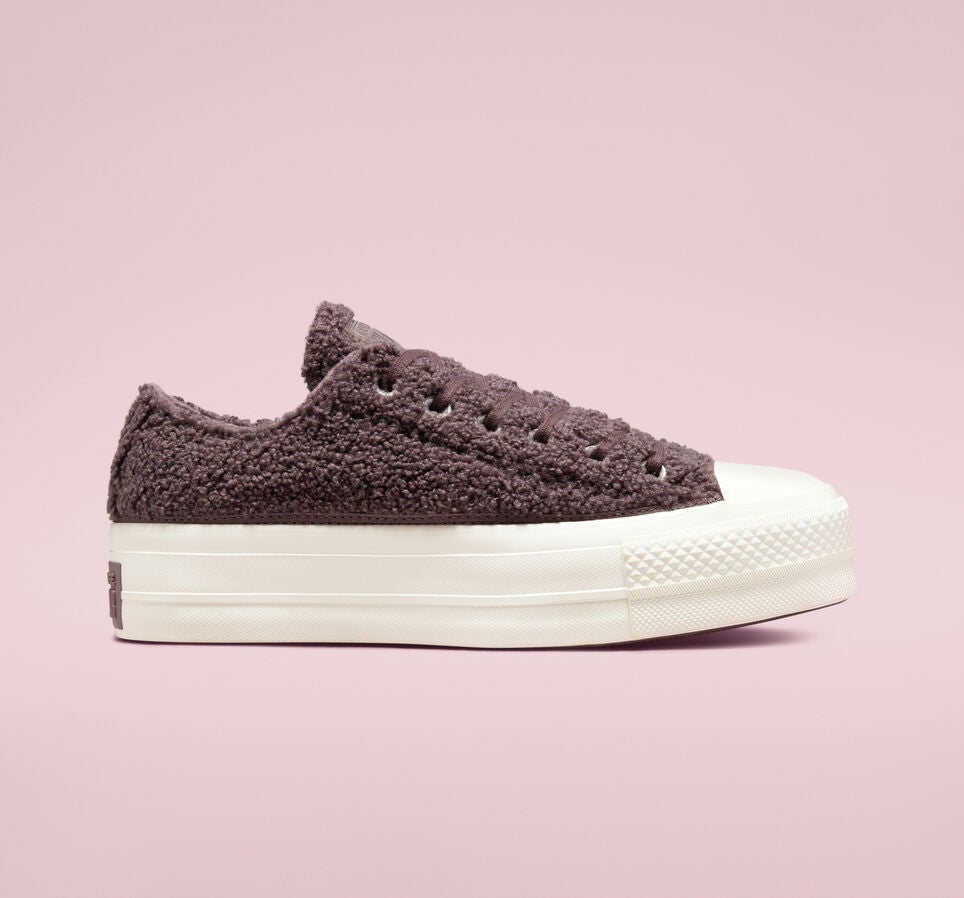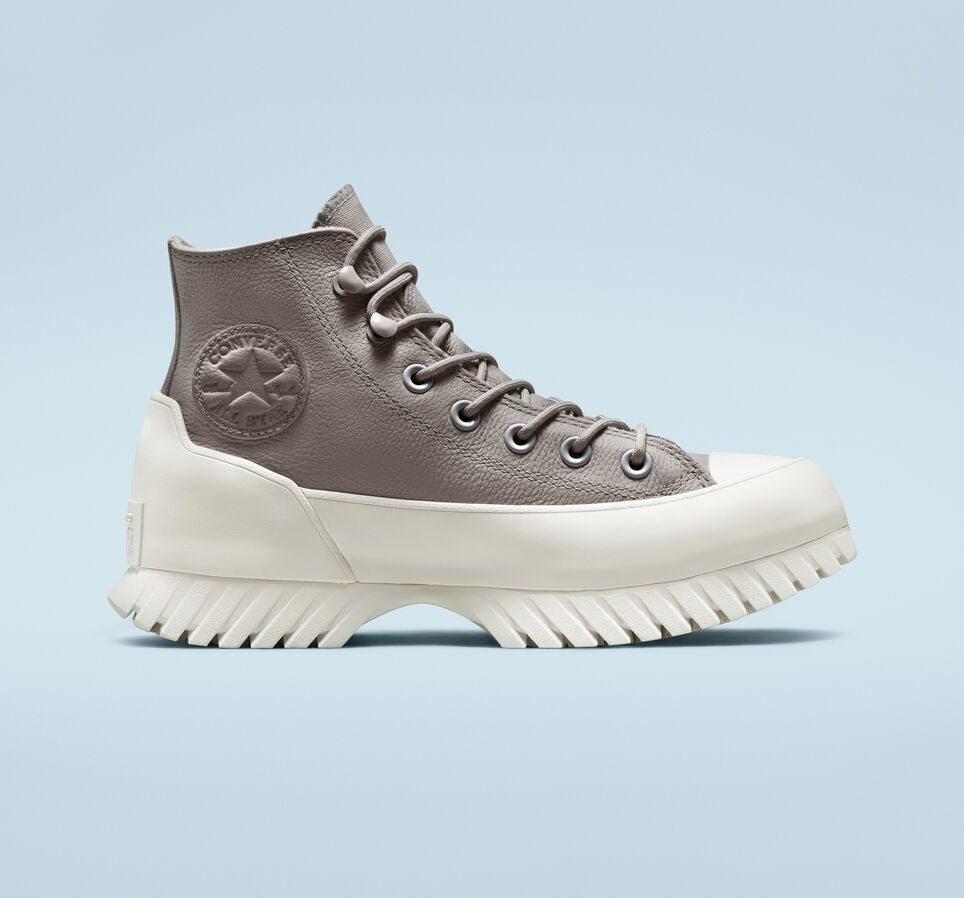These Afro-Latina Creatives Carved Out Their Own Career — & Found Success
Honoring long-held traditions while looking toward the future might be a popular practice around the holiday season, but for some, it’s a year-round business. Just ask 28-year-old digital creator Julianny Casado and 26-year-old makeup artist Sabré O’Neil. As Afro-Latinas (Casado is a first-generation American of Dominican origin; O'Neil is a second-generation American of Puerto Rican descent), the two creatives feel strongly about regularly celebrating their roots not only through their work, but through their own appearances and unique senses of style, as well.
Both Casado and O’Neil say that the journey in accepting their identities wasn’t always an easy one. “Growing up as an Afro-Latina, it was really hard to find my crowd,” O’Neil says. “I didn’t know if I was going to hang with the Hispanic people or the other crowds, so I was always by myself.”
AdvertisementADVERTISEMENT
By continuing to push forward and make space for themselves in two fields that have historically lacked diversity, they’re helping to make way for opportunities for the next generation of creatives within their respective communities. In partnership with Converse, the sneaker brand that’s been embracing both tradition and innovation through fun twists on the timeless Chuck style for more than 100 years, we asked Casado and O’Neil to share how they discovered their passions, the ways in which their identities influence their work, and how they redefine classic Converse silhouettes in 2021. Read their stories, below.
Julianny Casado, Digital Creator
I discovered my passion… “When I was 16 years old. I’ve always been obsessed with cameras, but my cousin had this really cool DSLR camera, and it really changed the way I felt about photos and how you could tell stories. I wanted to work for National Geographic and do crazy documentative stories. It took off from there. After that, I was always obsessed with photo formats and anything visual. Everything else — like curation and art direction — just grew. I learned from my mistakes and experience.”
My own unique aesthetic is… “Very candid and life-like. I like things to be as organic as possible. Very vibrant, too. I’m obsessed with color — it brings a certain character to the story that I’m telling. I work with the plus-size community and it’s been an experience that I’m so honored to be a part of. There are so many people who aren’t being celebrated, but they should be because they’re athletes and champions in their own right. They go out every day and smash whatever it is that they do. I love giving voices to people who feel like they don’t have one.”
AdvertisementADVERTISEMENT
How my identity as an Afro-Latina shapes my work: “I’m from New York City, but my family is from the Dominican Republic. I also have a huge lineage of Afro-descendants, and I love it. It influences everything that I do. I don’t take anything for granted because I know where I come from. I know what my ancestors have been through, and I know I have better opportunities just for being here today. I’ve watched my family turn bread into gold. I’ve seen them work hard at everything that they do, and it’s taught me that it’s the little details that people might not speak about or see right away. That’s definitely something I like to highlight and photograph — the things that aren’t completely obvious or aren’t typically socially accepted as beautiful. I think those are the best parts of life.”
I struggled with my identity… “As I grew up. I’m a first-generation American, so I didn’t have the Dominican roots that my older siblings had. I felt like there was a huge dissociation, but now as an adult, I’m really enjoying learning what those who came before me have done and how important it is to keep our culture and our traditions going. They are the things that make us, and if you don’t practice them, you lose them and you become like everyone else.”
To be Afro-Latina in America today is about... “Digging deeper into your identity. It’s a blessing. We have to stand together because there are so many people who want to deny where we come from. They want us to fit into what the rest of the world’s narrative is. Honestly, I’m so proud to be Afro-Latina and I wouldn’t change it for the world. Not my hair, not my skin, not my experiences.”
AdvertisementADVERTISEMENT
My first memory of Converse sneakers… “Was when I was 12. My first pair was white and they were low-tops. I love Converse — they’re my favorite sneakers. They were the coolest shoes growing up. They were so simple, comfortable, and affordable.”
I would redefine classic Converse silhouettes… “By adding a color-blocking pattern to a pair. Color is my safe zone and it makes me feel closest to my identity. I would choose pastel colors because they remind me of my island.”
Sabré O’Neil, Makeup Artist
I discovered my passion… “Growing up around my grandmother. She loved beauty and the latest beauty products. I went to college for nursing, and we had two labs — one in the morning and one at night — and I would see all the girls in my class do their makeup in between those classes. I knew how to do makeup, so I just started marketing myself [and saying], ‘Hey! I can do your eyebrows! I can put on your lashes! I can help you!’ From there, all the girls in my nursing class started to pay me, so I was like, Okay, this could be a business. After I got my associate’s degree, I changed my major to business and I’ve been successful ever since. I graduated in 2018, and a year later, I opened my own makeup studio.”
My own unique aesthetic is… “Very natural, but still glammed up. I like very subtle, simple makeup, but I still want [my clients] to look enhanced.”
AdvertisementADVERTISEMENT
How my identity as an Afro-Latina shapes my work: “I try to be as authentic as possible. With my makeup, I try not to over-enhance my face because I still want to show up as myself. I hear a lot of clients ask to look a certain way and when I do their makeup, they see how they look and they’re shocked. They’re like, ‘Wow, you made me look pretty, but I still look like myself.’”
I struggled with my identity… “Through my hair. People were always asking me, ‘Are you sure you’re Puerto Rican?’ because of how my hair looked. It was very thick, but also curly. To this day, I’m still very skeptical of my natural hair because I don’t know how to tame it and I don’t know how to show myself through my hair, so sometimes I just put it in a ponytail. I think that was another reason why I got into makeup — I used to feel insecure and doing makeup made me feel pretty.”
To be Afro-Latina in America today is about… “Being free. My grandma is straight from Puerto Rico and she’s still learning how to do certain things, like cross the street by herself. I’ve learned that I have to speak up for myself and that I can’t give up, so I can show my grandma that people like us can make things happen.”
My first memory of Converse sneakers… “Was in high school. I was so excited to get a pair because I thought they were so cute. I got the black high-top ones, and I wore them with white socks with the fringes on the ends. But then I saw all my other friends at school with Converse shoes in zebra and cheetah prints, and I never knew they came in other colors and styles. From that moment, I was obsessed with Converse because of the different styles and collaborations with other brands.”
AdvertisementADVERTISEMENT
I would redefine classic Converse silhouettes… “By pairing high-tops with a little school-girl skirt and an oversized sweater. It’s very classic but still spunky — that’s what Converse is.”
shop 6 products
AdvertisementADVERTISEMENT










